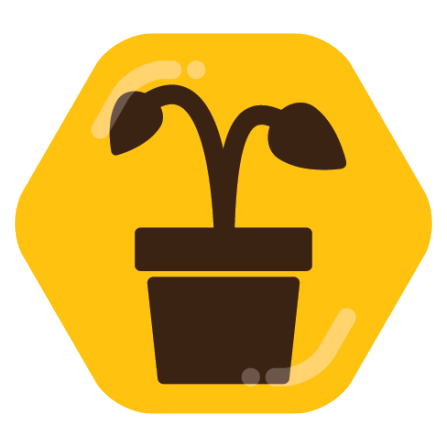Hey people! I’m located in western Slovakia (Central Europe) and would like to start a wildflower meadow sometime during the end of March or even the start of April. It is going to replace the lawn in the middle of our plot. It is in a sunny place and no chemicals have been used for ~3 years, although the ground is not super ideal for it (not nutrient-poor). My question is: will the seeds be able to germinate if I just go over the space with a verticutter? Should I try to remove the lawn fully (i. e. using a hoe)? Cover it with cardboard to let the lawn die? I have read the excellent Wild Your Garden book by The Butterfly Brothers, and they recommend rotovating. But that seems like a lot of work. What was your experience or what species would be suitable? I’m all ears!


Typically wildflowers in an area are synonymous with weeds. They shouldn’t have any trouble growing if you break the current grass monopoly even a little. Most people have a hard time getting them to NOT grow in their yard. I had good luck including Jerusalem artichokes (sunchokes) in my yard. They are HUGE when fully grown and you will basically need a flame thrower to get rid of them but the birds and bees love them. They also spread risomatically by sending out root runners, so they break up compacted soil. A combination of those and sunflowers would basically be a 2 meter tall flower bed. I don’t think you would even need the cardboard.
But Jerusalem artichokes are also very invasive in many places and take over environments and choke out native species. This affects the entire environment in the area. From the plants to the bugs to the animals and the people, the water, soil nutrients, so many things. Why not plant native species. Include a few low native bushes to help the birds. Plant according to the soils and environment. It could be just about the pretty flowers or it could be about establishing a diverse ecosystem supported by your choice of plants at the beginning.
That is considered non-native here and it is very difficult to get rid of it.
The following links are in Slovak, but there are latin names of the plants.
I have found a seed mix that appears to not have any invasive plants (site in German): https://www.bloomling.de/samen-maier/bio-nuetzlingsweide-summ-summ-wiese, and it is also available in my country.
While studying permaculture and regenerative agriculture I came across this thread on native species and it stuck with me. I’m now in the camp of, “the world is changing and what grew in an area before night not be the right thing to grow there now”.
While I’ve largely given up on the invasive species fight, I still think it’s important to not plant virulently invasive plants. Jerusalem artichoke is one of those plants that’ll take over your whole garden and beyond, and you probably shouldn’t plant it in-ground in an area where it’s invasive. Even native plants can sometimes be the wrong thing to plant if they’re not in the right place. I’m dealive with some willow-leaf aster that’s native to my area that I just can’t eliminate from a raised bed. I thought it’d look pretty in there, but turns out it sends up shoots everywhere and the tiniest bit of root creates a new plant
All that said, I’ve been planting things native to hotter and dryer areas to the south and west of where I live. I also look around at invasive species and realize the fight is hopeless. Chinabarry, ligustrum, and paper mulberry are everywhere, crowding out our native oaks. I did a volunteer project where we cleared ligustrum from a creek bed, and two years later it’s all back, new growth from seed. The manpower required to stop it is not realistic for most places.
This is a great take on the subject. In my area the Jerusalem artichoke would mostly be competing with Asian honeysuckle and Bradford pear trees which have already escaped captivity and killed everything else, but I completely agree that releasing virulent species into any kind of intact ecosystem can be very damaging.